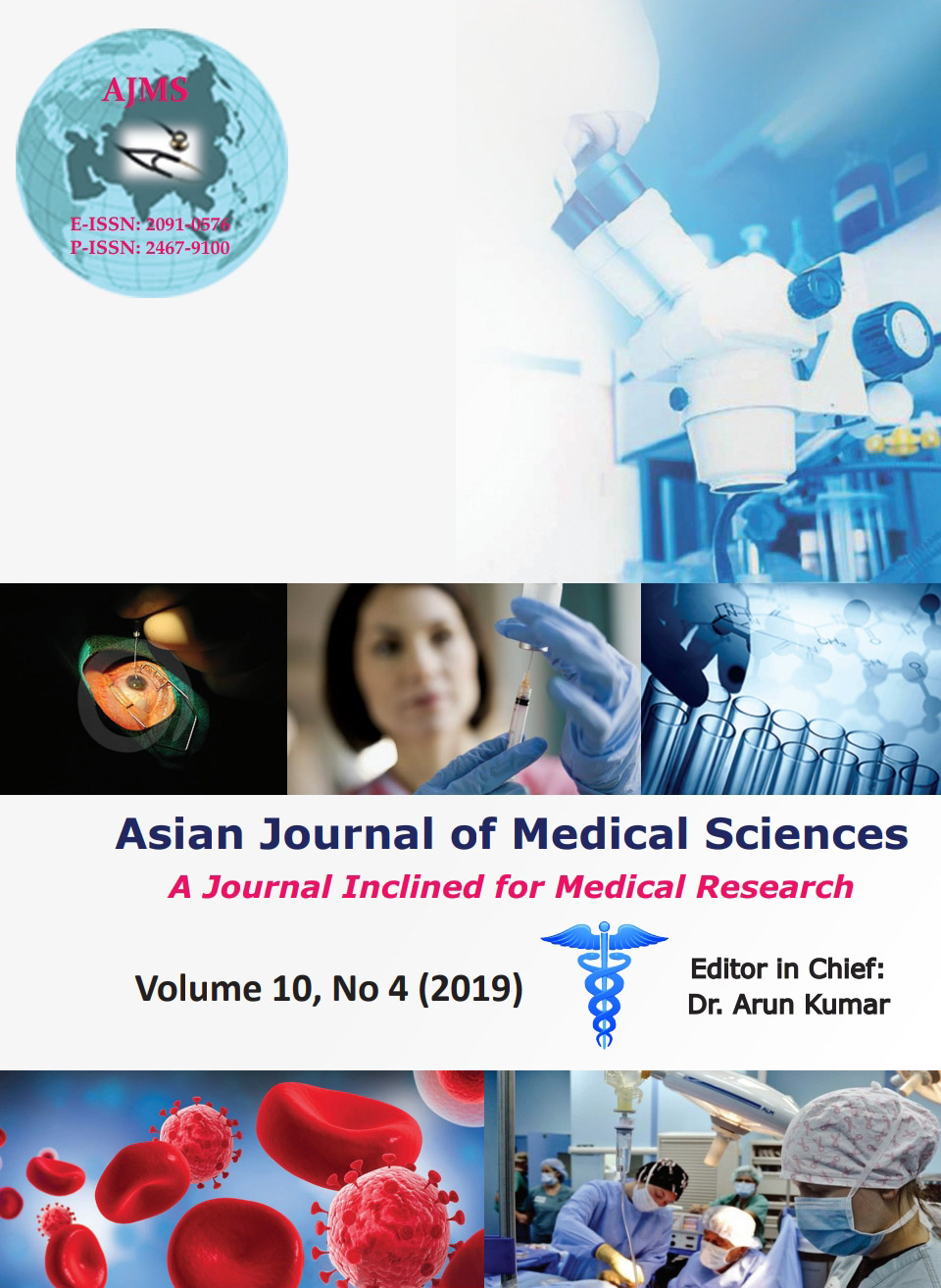Vitamin B Complex and Homocysteine Levels - A Trend Study Among Asian Indians
Keywords:
Asian Indians, Vitamin B6, Folate, Vitamin B12, HomocysteineAbstract
Background: Vitamin B complex levels have been strongly correlated with homocysteine status and many studies suggest supplementation with vitamin B to lower cardiovascular risk among adults. However, this relationship does not show a direct trend with many studies concluding otherwise.
Aims and Objective: Our report is an attempt to study association between levels of vitamin B6, folate and B12 in relation to homocysteine in a Pan-India cohort of over 5000 individuals.
Materials & Methods: Data from a total of 5487 Asian Indians including 2942 males and 2545 females were considered for this study. Analysis for levels of vitamins B6 and folate was done using the technology of Liquid Chromatography - Mass Spectrometry (LC-MS), while that for Vitamin B12 and homocysteine was done using the Chemiluminescence Immunoassay (CLIA).
Results: Our analysis identified a clear correlation between vitamin B12 status and levels of homocysteine, while no such trend was observed with vitamin B6 and folate. The total frequency of vitamin B12 deficiency was detected to be 25% of which 50% exhibited clinically high homocysteine levels. The frequency among males was found to be high at 61.6% in comparison to females at 32.3% with the difference being statistically significant at p<0.0001.
Conclusion: Our report is one of the first few to document levels of vitamin B6, folate and B12 in relation to homocysteine in a large Asian Indian cohort. Low levels of vitamin B12 was found to have a greater impact on Hcy levels in comparison to other B-vitamins studied.
Downloads
Downloads
Published
How to Cite
Issue
Section
License
Authors who publish with this journal agree to the following terms:
- The journal holds copyright and publishes the work under a Creative Commons CC-BY-NC license that permits use, distribution and reprduction in any medium, provided the original work is properly cited and is not used for commercial purposes. The journal should be recognised as the original publisher of this work.
- Authors are able to enter into separate, additional contractual arrangements for the non-exclusive distribution of the journal's published version of the work (e.g., post it to an institutional repository or publish it in a book), with an acknowledgement of its initial publication in this journal.
- Authors are permitted and encouraged to post their work online (e.g., in institutional repositories or on their website) prior to and during the submission process, as it can lead to productive exchanges, as well as earlier and greater citation of published work (See The Effect of Open Access).




